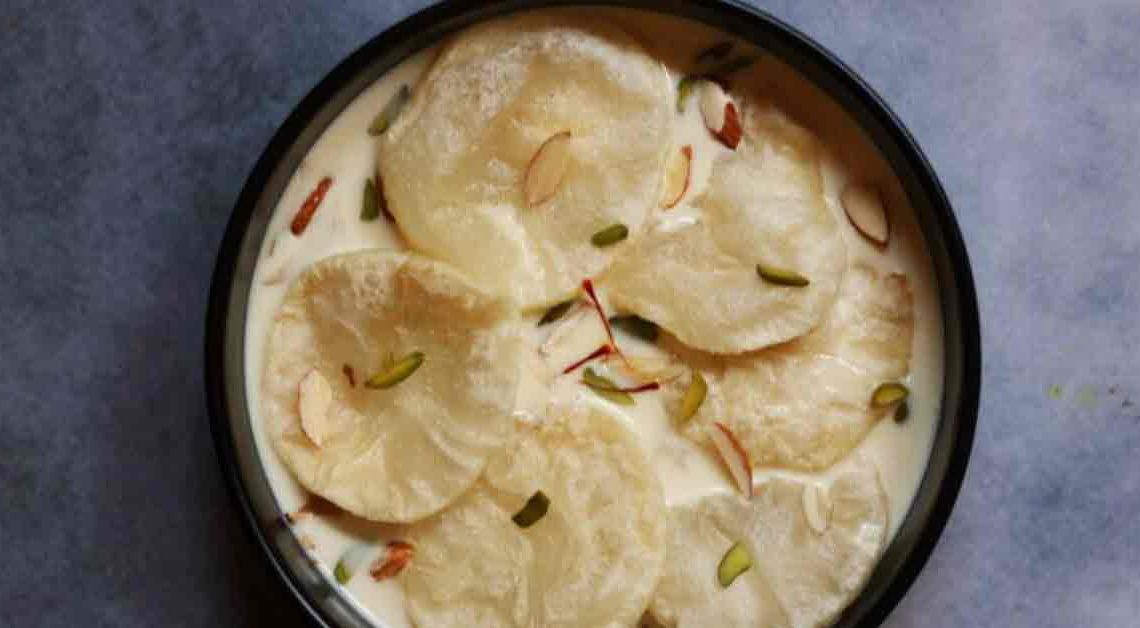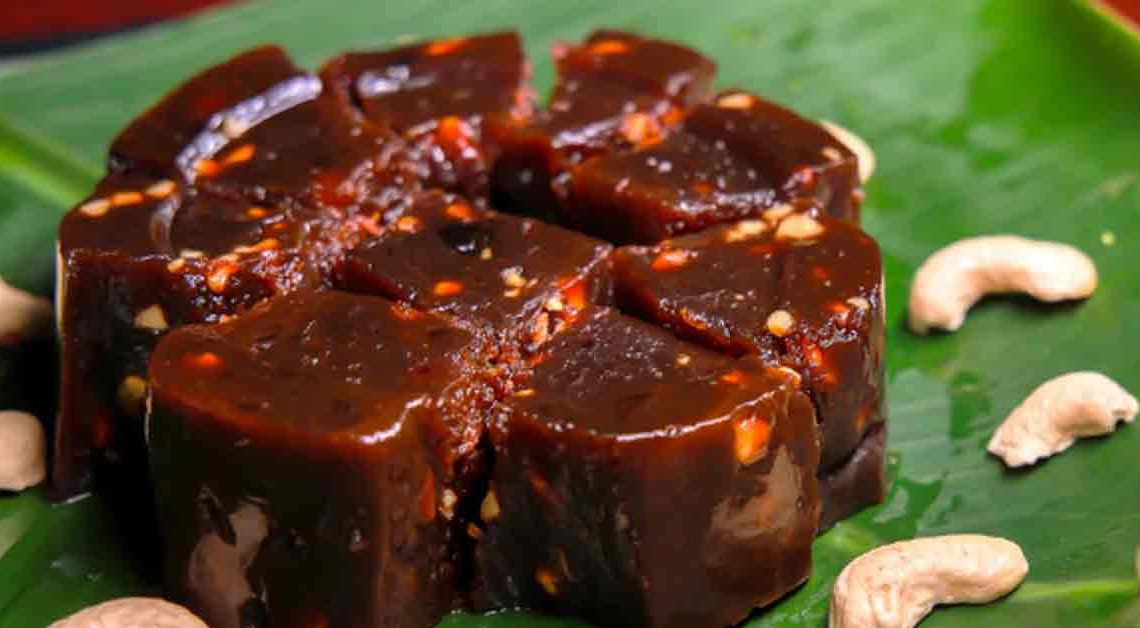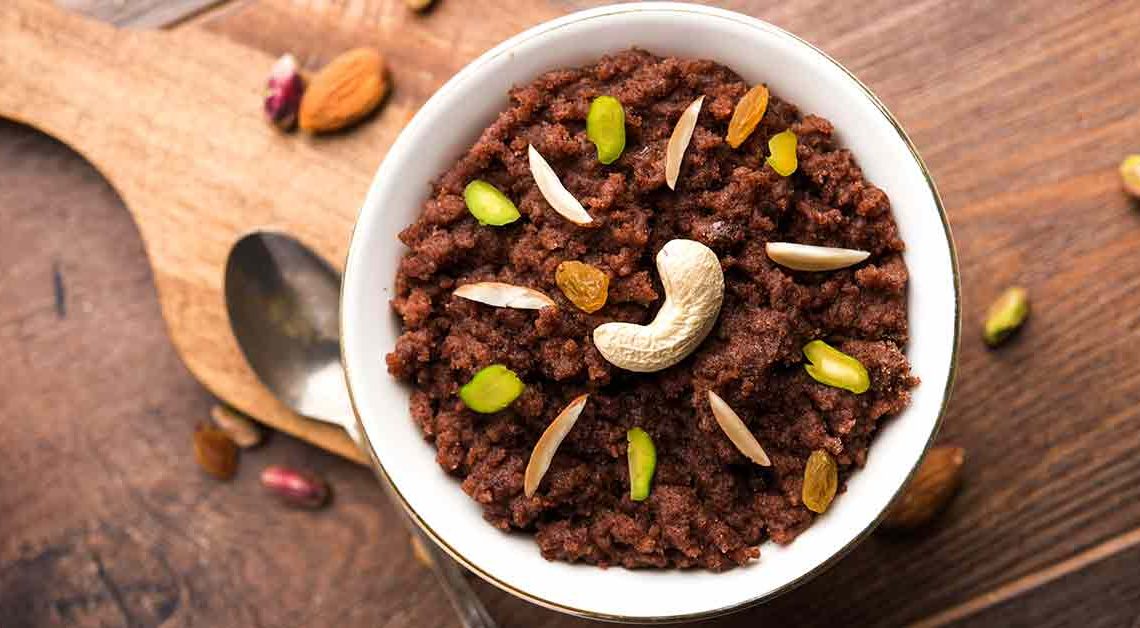The Art of Paal Poli: A Culinary Journey

Tantalize your taste buds with a journey through the aromatic streets of South India, where each bite tells a story steeped in tradition and flavor. Welcome to our culinary sanctuary on Mithainama, where we celebrate the divine marriage of milk and sweetness in the beloved Paal Poli.
Picture this: delicate spheres of dough, lovingly crafted and fried to golden perfection, before taking a dip in a velvety pool of warm, cardamom-infused milk. As you sink your teeth into these heavenly delights, feel the warmth of nostalgia envelop you, transporting you to a world where time slows down and every moment is savored.
Let’s embark on a journey that celebrates the artistry and soul of South Indian cuisine—one delectable Paal Poli at a time.
Origin of Paal Poli
Paal Poli, a traditional South Indian sweet, is believed to have originated in Tamil Nadu, a state known for its rich culinary heritage. The dish is closely associated with festivals and special occasions, particularly in Tamil Brahmin households.
The name “Paal Poli” is derived from two Tamil words: “paal,” which means milk, and “poli,” which refers to a flatbread or puri. This sweet treat is made by frying small, flat rounds of dough until they are crispy and golden brown. These fried dough rounds are then soaked in sweetened, flavored milk, typically infused with cardamom and sometimes garnished with nuts or saffron.
The dish is not only a delight to the taste buds but also a symbol of cultural identity and heritage, reflecting the deep-rooted traditions and customs of South India.
History of Paal Poli
The history is intertwined with the rich cultural and culinary heritage of South India, particularly Tamil Nadu. While precise historical records are scarce, the dish’s evolution can be traced through its cultural significance and traditional preparation methods.
It likely originated centuries ago, rooted in the region’s agricultural practices and cultural celebrations. It was originally prepared as an offering to deities during religious festivals and ceremonies, reflecting the importance of food in South Indian rituals.
Today, it continues to be a cherished part of South Indian cuisine, showcasing the region’s culinary diversity and cultural heritage. It serves as a reminder of the traditions and flavors that have shaped the culinary landscape of Tamil Nadu and beyond, making it a timeless and beloved delicacy.
Cultural Significance
It holds a deep cultural significance in South India, particularly in Tamil Nadu, where it is celebrated as more than just a dessert—it’s a symbol of tradition, family, and festivity.
Religious Rituals: Historically, it was prepared as an offering to deities during religious ceremonies and festivals. Its association with auspicious occasions reflects its sacred importance in Hindu culture, where food is often considered an essential part of worship.
Festive Celebrations: It is prominently featured in festive menus, especially during major celebrations like Pongal, Diwali, and weddings. Its presence on these occasions signifies abundance, prosperity, and joy, enhancing the festive spirit and bringing families together.
Family Traditions: Passed down through generations, Paal Poli recipes often carry familial secrets and variations that make each preparation unique. Families bond over the process of making and sharing this cherished dessert, strengthening familial ties and creating lasting memories.
Where is Paal Poli Famous?
Paal Poli is particularly famous in the southern states of India, especially Tamil Nadu, where it is a cherished part of the culinary tradition. It is also popular in other South Indian states like Karnataka, Andhra Pradesh, and Telangana.
In Tamil Nadu, it is a staple during festivals like Pongal, Diwali, and weddings, where it is served as a traditional dessert. It is also commonly prepared in Tamil Brahmin households as part of their festive cuisine.
In Karnataka, it is known as “Holige,” and it is a popular dessert during festivals and special occasions. It is made using similar ingredients but with slight variations in preparation.
In Andhra Pradesh and Telangana, a similar dish called “Bobbatlu” or “Puran Poli” is popular. While the basic concept is the same, the filling and preparation method may vary slightly from Paal Poli.
Interesting Facts and Trivia
Here are some interesting facts and trivia related to Paal Poli:
- While it is most commonly associated with Tamil Nadu, similar dishes with different names and variations are popular in other South Indian states like Karnataka, Andhra Pradesh, and Telangana.
- It is a staple during festivals like Pongal and Diwali in Tamil Nadu, where it is prepared as a special treat for family and friends.
- It is often prepared and enjoyed as a family, bringing loved ones together to share in the joy of cooking and eating.
- While Paal Poli is a sweet indulgence, it also contains nutritious ingredients like milk, which is rich in calcium and protein, making it a wholesome treat.
- Chefs and home cooks have started experimenting with Paal Poli, adding new flavors and ingredients to create innovative variations of this traditional dish.
Did You Know?
Did you know that Paal Poli, a traditional South Indian sweet, not only delights the taste buds but also offers several health benefits?
- It is made with milk, which is an excellent source of calcium. Consuming can help maintain healthy bones and teeth.
- The dough used to make contains lentils or dal, which are rich in protein. Protein is essential for muscle growth and repair.
- It is a high-energy food due to its combination of carbohydrates from the dough and milk. It can provide a quick energy boost, especially during festivals and celebrations.
- The cardamom used to flavor the milk has digestive properties and can help alleviate digestive issues.
- Saffron, often used as a garnish on it, contains antioxidants that can help protect the body against oxidative stress and inflammation.







